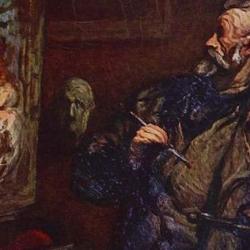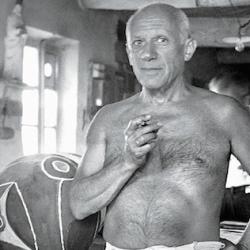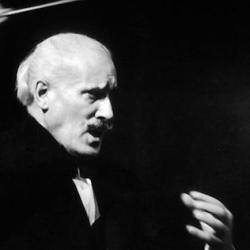Exodus 20:4: You shall not make for yourself a carved image—any likeness of anything that is in heaven above, or that is in the earth beneath, or that is in the water under the earth; you shall not bow down to them nor serve them.
Many read the Second Commandment as a prohibition of representational art. It is not. It is not even a prohibition of liturgical art. Not long after He spoke this Word, Yahweh commanded Israel to make golden cherubim as part of the cover of the ark of the covenant and to weave cherubim figures into the tabernacle curtains. Centuries later, Solomon built two monumental cherubim for the temple, and carved pomegranates and palm trees into the cedar walls of the Lord’s house. God commanded Israel to make images of things in heaven above and in the earth beneath.
The second commandment does not prohibit pictures of Jesus either. Jesus was as real and representable as any man, and because Jesus is the revelation of the Father, it is also appropriate to depict the Father in human form.
Worship is not an art-free zone. Worship is the place where we are re-tooled so we can create art pleasing to God. Especially here at the Lord’s table we are reprogrammed as sub-creators.
When God the Artist made the world, He took hold of the world, tore it into pieces, gave new names, put it all back together in a new way, saw it and called it good. Whenever we create we do the same, but with one key difference. We do not make the materials. We don’t speak the stone into existence; we cannot say “Let there be paint” and there is paint; we manufacture the gears and carburetors in the art of auto maintenance but we didn’t make the metals.
Unlike God, in other words, we begin all our artistic work by receiving. And that means we should begin all our work with an act of thanks. Even ungrateful pagans receive gifts, but they refuse to acknowledge the Giver, and their art is deformed by ingratitude.
Such were we. But in Christ and by the Spirit we have been turned to thanksgiving and brought to this table of thanksgiving. Here we learn to take the world, to break it, to give it new names, to reassemble it, and to enjoy it all as good. Here we learn to receive bread and wine, and in them the world, in gratitude. Here we are trained to see that true creativity is Eucharistic.











